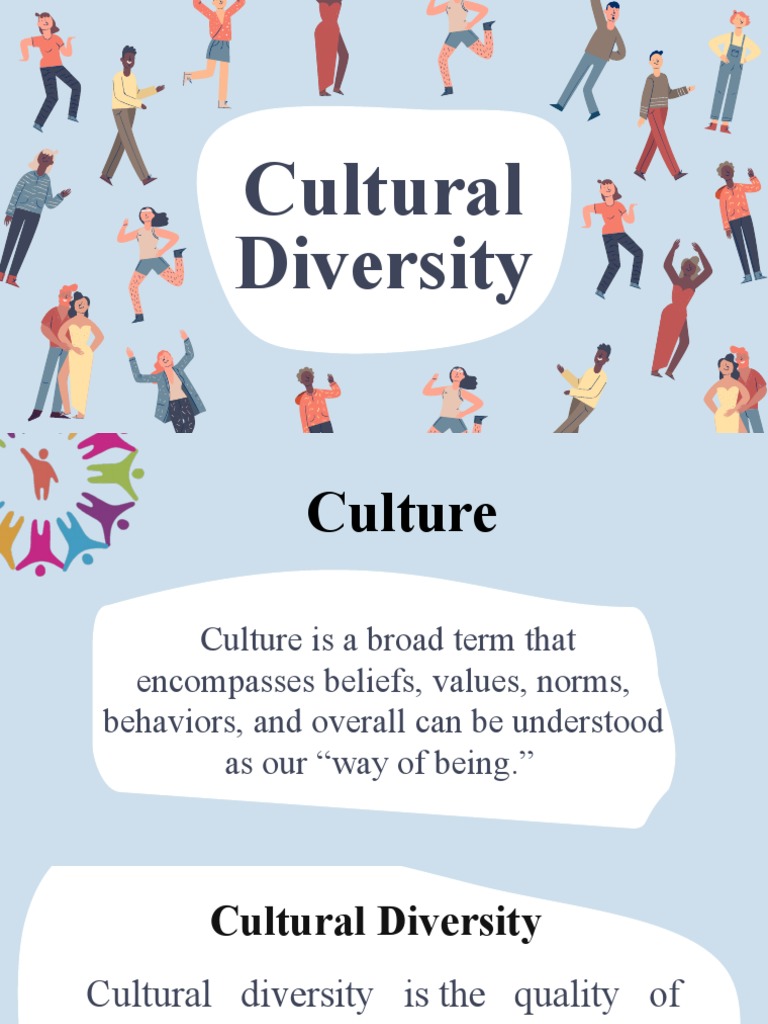In an increasingly interconnected world, the fabric of society is interwoven with diverse cultures, each enriching our collective identity. However, how well do we understand the cultural narratives that shape our communities? This provocative question beckons educators and stakeholders alike to delve into the profound implications of cultural awareness in U.S. education.
Cultural awareness is not just a buzzword; it is an imperative that must be integrated into curricular frameworks to foster an inclusive environment. In the U.S., where the populace comprises an amalgamation of ethnicities, traditions, and worldviews, the education system bears the responsibility of equipping students with the capacity to navigate this complexity. But how does one effectively cultivate cultural competence within the classroom?
One of the foremost challenges in achieving cultural awareness is the traditional pedagogy that often favors Eurocentric narratives. This has been long entrenched in U.S. education, begetting a monolithic view of history and societal contributions. As a result, students may emerge from their educational journeys with a limited understanding of the rich tapestries that diverse cultures weave into the American experience. Hence, the challenge looms: how can educators dismantle these entrenched paradigms to embrace an expansive worldview?
Firstly, it is essential to integrate culturally relevant pedagogy, which emphasizes the value of students’ cultural references in all aspects of learning. This requires a paradigm shift in curriculum development. Education should reflect the myriad contributions of various cultures, portraying them as integral rather than ancillary parts of the American narrative. This can be accomplished through the implementation of interdisciplinary units that highlight the intersections of history, literature, and social justice through a multicultural lens.
Moreover, the promotion of critical thinking and dialogue surrounding cultural issues can significantly enhance students’ awareness and sensitivity. Facilitating open discussions where students engage with diverse perspectives not only sharpens their analytical skills but also prepares them for real-world interactions in an increasingly globalized workforce. This engagement goes beyond mere acknowledgment; it fosters a genuine appreciation for the complexities of cultural identities.
One innovative approach to nurturing cultural awareness is through experiential learning. Field trips, community service, and collaborative projects with diverse communities provide immersive experiences that textbooks simply cannot offer. These endeavors encourage students to step outside their comfort zones, thus instilling empathy and understanding. But can every school afford such programs? This presents another challenge—accessibility. Educational institutions must strive to secure funding and resources to cultivate these transformative experiential learning opportunities.
In addition to these hands-on strategies, technology plays a pivotal role in amplifying cultural awareness. Digital tools enable classrooms to connect with peers across the globe, allowing students to interact with different cultures in real-time. Virtual exchange programs, for instance, can bridge geographical gaps and foster intercultural communication, nurturing a sense of global citizenship among students. However, the integration of technology must be executed thoughtfully, as disparities in access can inadvertently widen the cultural divide.
Parental and community involvement is equally paramount in fostering cultural awareness in education. Schools must engage families in meaningful dialogues about the importance of cultural diversity, empowering them to share their unique narratives. Collaborating with local cultural organizations can enrich students’ educational experiences, bringing authenticity to the learning process. Yet, this requires a concerted effort from educational leaders to build trust and partnerships within the community.
Professional development opportunities for educators also play a crucial role in enhancing cultural awareness. Teachers should be equipped with the necessary tools and knowledge to effectively address cultural dynamics within their classrooms. Training sessions focusing on implicit bias, culturally responsive teaching strategies, and self-reflection can significantly shift teacher attitudes and practices. The question arises: how can we ensure ongoing support for teachers in this critical endeavor?
As we delve deeper into the significance of cultural awareness in U.S. education, one cannot overlook the implications of globalization. With the world becoming more interconnected, students must be prepared to navigate cultural nuances in their personal and professional lives. Global competence, which includes understanding and respecting different cultures, is becoming a critical skill for success. This presents a formidable question: is the current education system adequately preparing students for a globalized future?
To enhance cultural awareness effectively, educational institutions must commit to continuous evolution and improvement. This involves assessing curricular effectiveness, soliciting feedback from students, and adapting teaching methodologies to meet the needs of a diverse student body. Additionally, institutions should ensure that their cultural initiatives are not ephemeral but rather sustained and embedded within the school’s ethos.
Ultimately, embracing cultural awareness in U.S. education requires a collective commitment from all stakeholders. It is a noble yet daunting challenge—one that necessitates collaboration, innovation, and resilience. The path may be fraught with difficulties, but the rewards of cultivating a culturally competent and empathetic generation far outweigh the obstacles. As we ponder the question “How well do we understand each other?”, let us aspire to create an educational landscape that champions cultural awareness, ensuring that future generations can thrive in an ever-diversifying world.
